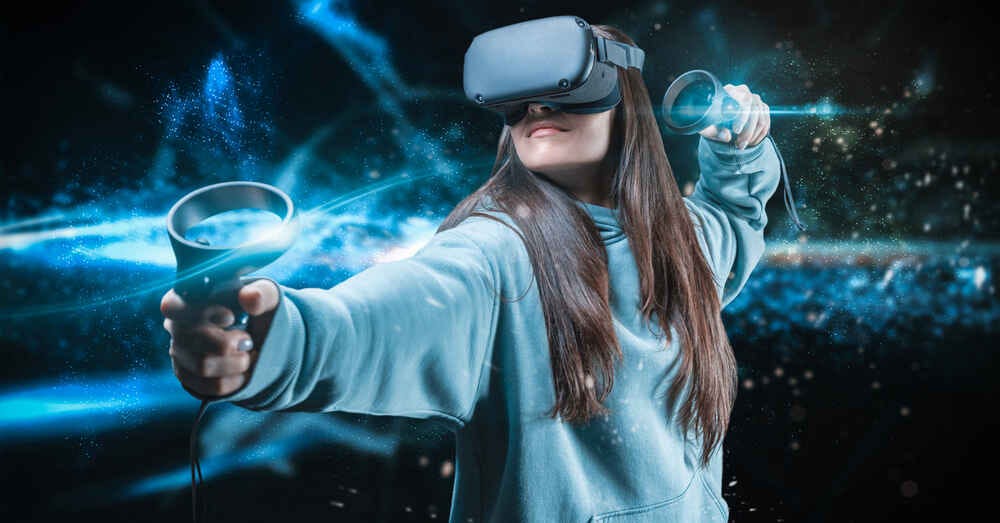
Since its inception, Virtual Reality (VR) has evolved from a niche gaming novelty to a transformative technology with extensive applications across all vital industries. This article explores the history and evolution of virtual reality (VR) usage, from its origins in gaming to its emergence as a potent instrument in real-world contexts.
VR has enlarged its horizons, promising entertainment and significant training, experiments, rehabilitation, and collaboration advancements. Join us as we investigate the evolution of VR instruments in their many facets.
Table of Contents
The Development of Virtual Reality
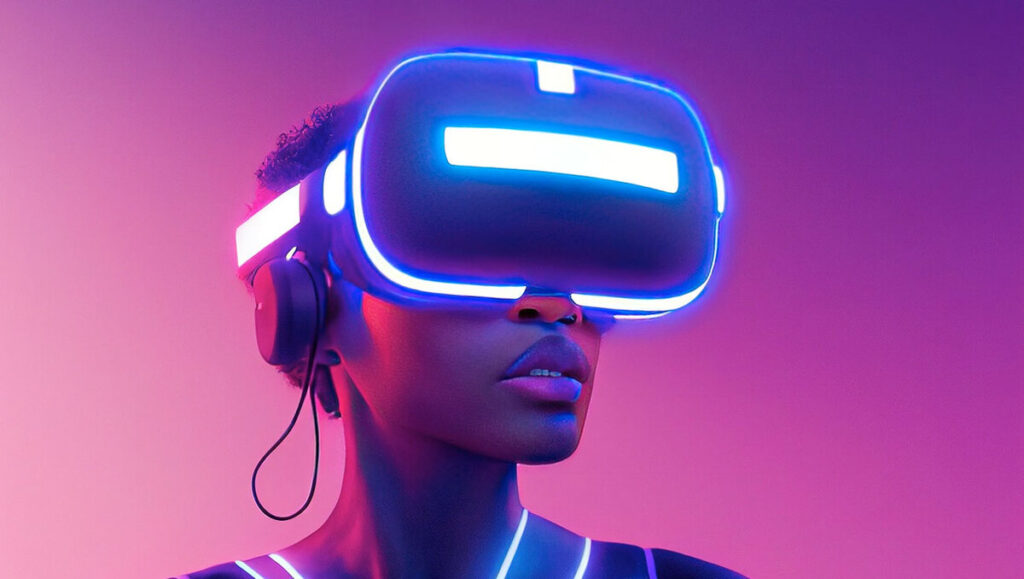
Source: geektown.co.uk
The origins of Virtual Reality (VR) come down to the middle of the 20th century when early researchers created the groundwork for modern charming technology. Nevertheless, it was in the late 20th century that VR began to acquire traction, albeit in limited capacities.
Early VR devices were primitive, providing experiences far removed from the captivating realms we envisage today. This period of experimentation paved the way for the subsequent gaming revolution, during which VR established its first significant foothold, enthralling audiences with the promise of transporting them to an entirely new and interactive digital environment.
The Pioneering Gaming Sector
Virtual Reality Experiences (VRE) arose as a pioneer in the United Kingdom’s gaming landscape in the late 2000s and early 2010s, paving the way for the global VR gaming revolution. The company found an enthusiastic team who wanted to develop their career and become innovators in that niche. VRE centers, which provided a variety of intriguing adventures, allowed participants to enter fantastic worlds in which their physical environments merged seamlessly with digital domains.
These applications, including “The Void” and “Zero Latency,” demonstrated the extraordinary gaming potential of VR. Not only did the success of VRE captivate the enthusiasm of gamers, but it also sparked a wave of innovation that led to the creation of consumer-grade VR headsets and a new era of bewitching gaming.
Applications Applicable to The Real World
Despite gaming being the impetus for VR’s mainstream adoption, the technology’s significance rapidly surpassed entertainment. The versatility of virtual technology usage has opened the door to flexible real-world applications that have transformed industries.
Medical Care
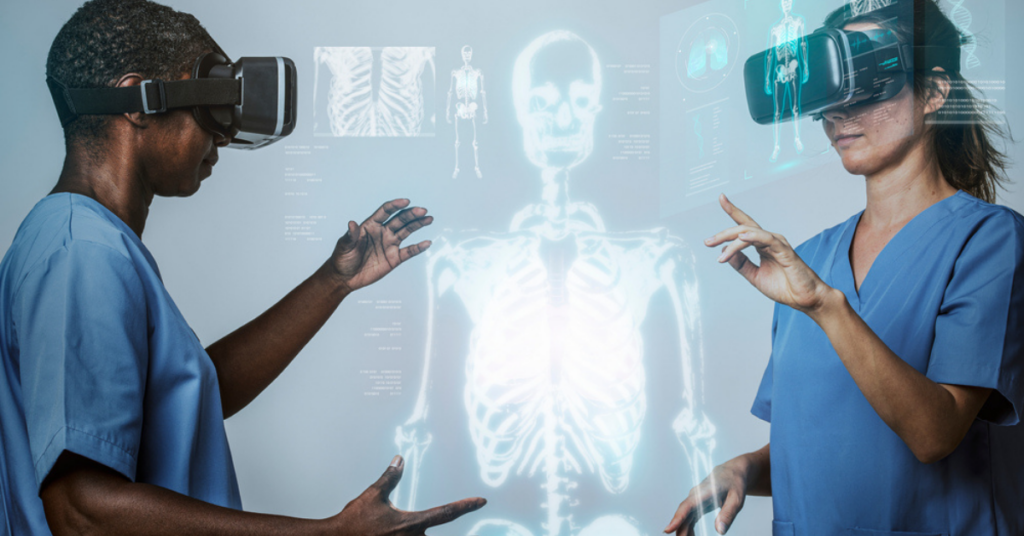
Source: nolijconsulting.com
Virtual reality has become an indispensable instrument for simulation surgical training, providing aspiring surgeons having minimal professional experience with realistic simulations to refine their skills. Immersing patients in soothing environments to mitigate distress is also effective in pain control and therapy.
Education and Training
The education sector has incorporated VR to facilitate immersive learning experiences to motivate the students to learn and progress in safe environment. In interactive 3D environments, students investigate historical events, scientific concepts, and complex subjects. Moreover, a virtual reality environment facilitates skill development and professional training in various industries.
Architecture and Planning
Virtual reality in architecture and design allows architects and designers to create and investigate virtual replicas of buildings and spaces. This technology facilitates collaborative design efforts and offers clients tempting virtual tours across their projects.
These examples represent only a fraction of the real-world VR applications, highlighting the technology’s ability to solve challenges outside of entertainment.
Virtual Reality (VR) has carved out a significant niche in the business and industrial sectors, reshaping how organizations operate and innovate.
Industrial Process Automation
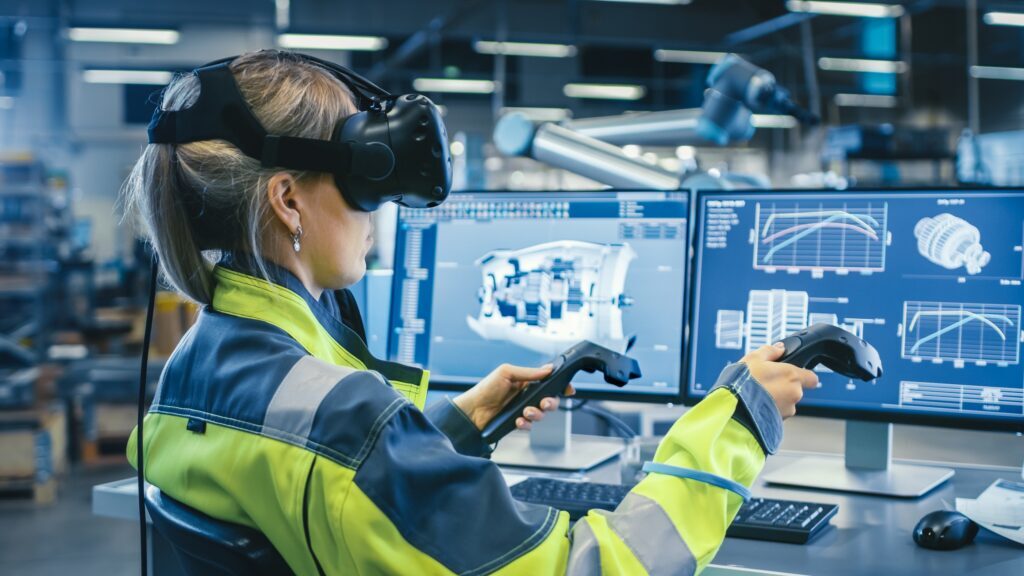
Source: banelec.com
Virtual reality simulations have revolutionized manufacturing and industrial processes. They enable genuine, risk-free training for employees who operate weighty machinery or handle hazardous materials. By automating training through virtual reality, businesses can reduce the hazards associated with human error, reduce training expenses, and improve workplace safety.
Enhanced Calculation Accuracy
Virtual reality also contributes to more precise engineering and design. Engineers can better understand intricate systems, identify potential defects, and fine-tune designs by visualizing complex mathematical calculations in three-dimensional spaces.
Incorporating VR in business and industry significantly advances operational efficiency, safety, and precision.
Opportunities and Difficulties
Virtual Reality (VR) has enormous potential, but it has challenges. Technological obstacles, such as the need for cheaper and more accessible hardware, are still being addressed. Especially as VR obtains traction in the medical and education sectors, ethical and privacy concerns loom large.
Despite these obstacles, VR’s potential to democratize access to immersive experiences and transform industries is undeniable. Predictions suggest continued innovation, the incorporation of augmented reality (AR), and the potential for profound societal transformation facilitated by this remarkable technology in the future.
Future Prospects for Virtual Reality
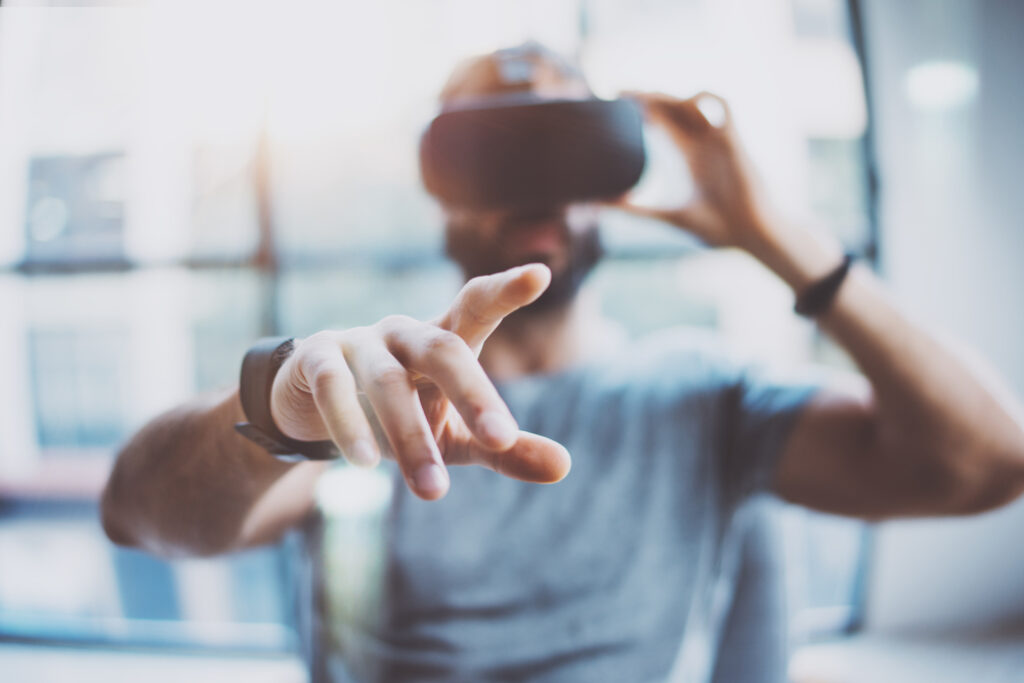
Source: techsauce.co
Virtual Reality’s (VR) future is filled with optimism and potential. VR is poised to evolve and redefine our world in countless ways as technology develops.
As predicted, continuous VR hardware and software advancements will result in even more immersive and authentic experiences. Users will be more captivated by enhanced haptic feedback, increased visual fidelity, and expanded content libraries.
The Function of Augmented Reality
The convergence of Virtual Reality (VR) and Augmented Reality (AR) promises a merged reality in which the digital and physical realms coexist seamlessly, expanding the potential for education, entertainment, and productivity.
The influence of virtual reality on society is just commencing. It can transform how we work, learn, and interact, transcending geographical boundaries and enhancing our lives in unexplored ways.
The virtual reality landscape will continue growing in the coming years, providing entertainment and profound, transformative experiences across various industries and applications.
Conclusion
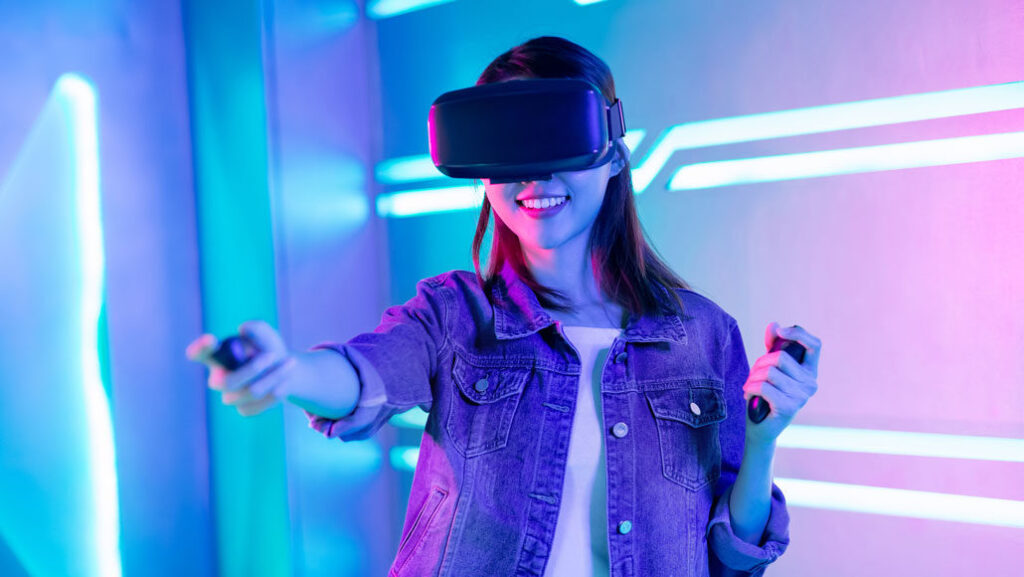
Source: snexplores.org
The journey of Virtual Reality (VR), from its gaming origins to its far-reaching implementations across industries, has been remarkable. The promise of virtual reality (VR) is undeniable as we turn to the future, with ongoing innovation and integration with augmented reality (AR) poised to redefine our consciousness.
Nonetheless, with tremendous potential comes enormous responsibility. As virtual reality technology advances, ethical and privacy concerns must be addressed to ensure that it does not cause injury to individuals or slip into the wrong hands.
By overcoming these obstacles, we can harness virtual reality’s transformative potential for advancing society, providing immersive experiences that enrich education, improve healthcare, and revolutionize industries. The future of virtual reality is a thrilling, uncharted frontier yearning to be explored.







